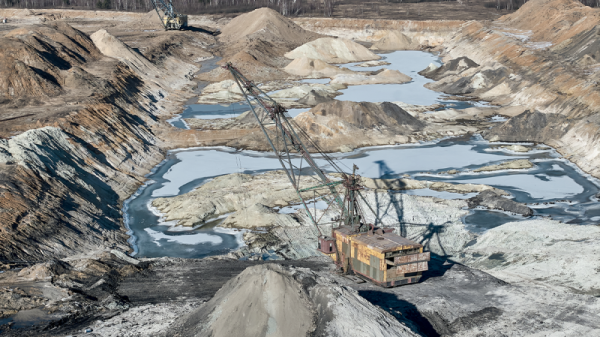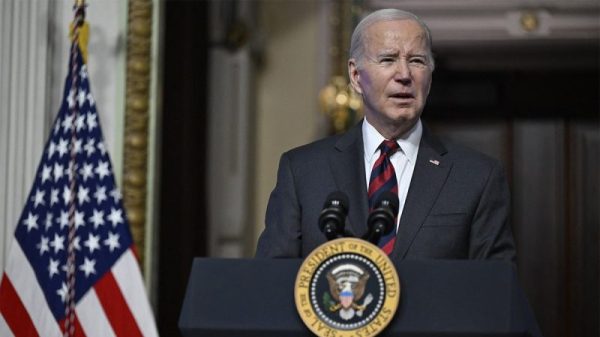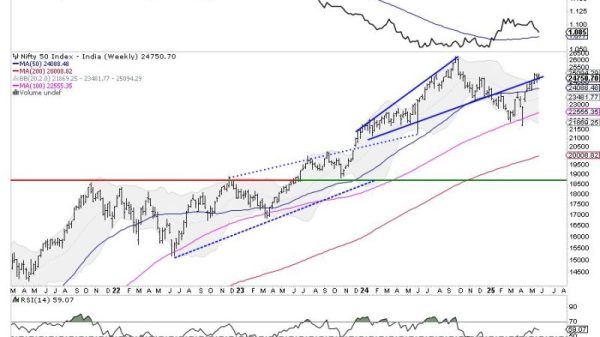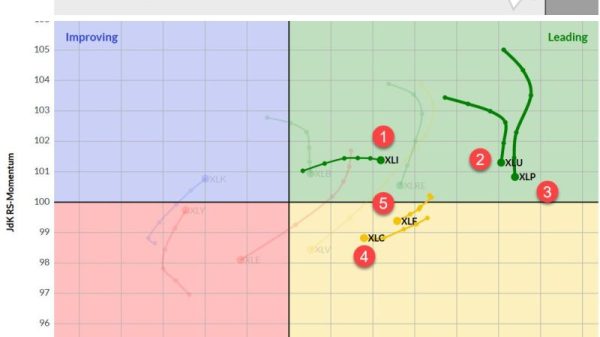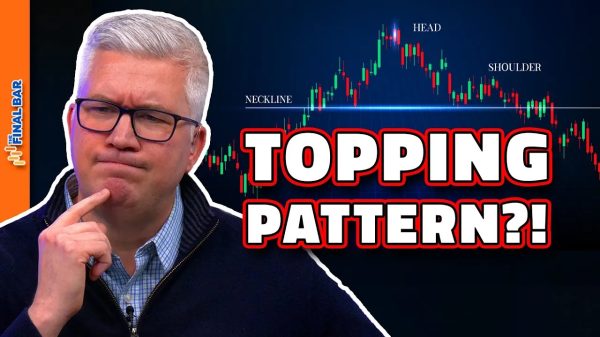Walter Olson
In Glacier Northwest, Inc., v. Teamsters, decided today, the Supreme Court showed a good measure of consensus and civility in settling a potentially contentious issue in labor law: whether a company is entitled to sue a union that has so arranged its strike so as to put the company’s equipment, as well as its perishable inventory, at risk of destruction. Eight Justices led by Justice Amy Coney Barrett said the company was entitled to sue, while Justice Ketanji Brown Jackson, the only dissenter, said the dispute should properly be heard by the National Labor Relations Board. Along the way, the Justices brushed up against two kinds of issues seen in many higher‐profile cases: when federal law should pre‐empt that of the states, and the degree to which courts should show deference to the expertise of federal agencies.
The National Labor Relations Act establishes a right for workers to strike, which is however subject to some limits. In general workers can walk off the job if they have no contract, and they can time the walkout so as to be disruptive to the employer—during its rush season, for example. A number of decisions suggest that while striking workers are free thereby to put a company’s inventory and supplies at risk—think perishables such as milk and chickens that may become valueless unless processed and brought to market quickly—they may not damage the company’s equipment or premises, and if they do, the employer retains its right under common law to sue them for damages.
The issue in Glacier Northwest was whether the company could sue the Teamsters for an action in which drivers had shown up at work and accepted concrete loads for their mixer trucks—not tipping the managers off to the intended action—and then abandoned the trucks with the loads in them. Concrete left in mixers for too long hardens and becomes valueless; more seriously, if left in the truck for very long the material can, by hardening, destroy the value of the trucks themselves. In this particular case Glacier, by quick action, managed to get the concrete out in time, but the test for the application of the legal exception is whether the strikers put equipment at foreseeable, aggravated, and imminent risk of damage, whether or not that damage is averted.
As I wrote a while back, in a point applicable as well to this case, “despite the various attacks on the Court as result‐oriented and ideology‐driven, much of its work consists simply of trying to keep the law on a logically coherent and predictable course.” Members of the “liberal” wing with some frequency vote to uphold property and employer rights, as Justices Elena Kagan and Sonia Sotomayor did in this case, while members of the “conservative” wing often sign on to rulings deeply unwelcome to business, as three did in the recent National Pork Producers case.
Both Justice Jackson in dissent, and Justice Clarence Thomas in concurrence, draw attention to a curious 1959 Court precedent called San Diego Building Trades Council v. Garmon that has the effect of giving the NLRB a benefit of the doubt that ordinary federal agencies don’t get. While federal law generally preempts state law when the two conflict, in Garmon the Court ruled the NLRA preempts state law if the two even arguably conflict—a sort of super‐deference as to the NLRB’s presumed jurisdiction. Jackson makes the most of this as a reason to defer to the Board, and writes at length about how Congress has chosen to entrust broad power to the Board given its specialized expertise—passages that find some echo in other contemporary debates over how much deference courts should accord government agencies (Chevron, Auer, etc.).
For myself, I have to say that the NLRB—a highly polarized panel that swings hard from one side to the other after the White House changes hands—would be one of my very last picks if I were asked to name an impartial federal agency guided by specialized expertise. Justice Thomas uses his concurrence to ask whether the odd Garmon preemption rule really makes sense, or should at some point be reconsidered by the Court. That’s a good question.


